The complex system that Crichton delves into is that which is in a constant state of flux, wherein we are completely powerless to predict any probable outcome simply because any outcome is possible!
By a complex system, I mean one in which the elements of the system interact among themselves such that any modification we make to the system will produce results that we can’t predict in advance.
In addition, a complex system is sensitive to initial conditions. You can get one result from it on one day, but the identical interaction the next day will yield a different result. We cannot know with certainty how the system will respond. Third, when we do something to a complex system, we may get downstream consequences that emerge weeks or even years later. We have to be watchful for delayed and untoward consequences.
The science that underlies our understanding of complex systems is now 30 years old. A third of a century is plenty of time for this knowledge to filter down to everyday consciousness, but except for slogans like the butterfly flapping its wings and causing a hurricane halfway around the world, not much has really penetrated general human thinking.
On the other hand, complexity theory has raced through the financial world. It has been briskly incorporated into medicine. But organizations that care for the environment don’t seem to notice that their administrations are often deleterious, in many cases. Lawmakers don’t seem to notice when their laws have unexpected consequences. Or maybe they notice, but they don’t want to notice. Governors and mayors and managers may manage their complex systems well or badly, but if they manage well, it is usually because they have an instinctive understanding of how to deal with complex systems. Other managers fail. Why?
Our human predisposition is to treat all systems as linear when they’re not. A linear system is a rocket flying to Mars or a cannonball fired from a cannon. Its behavior is quite easily described mathematically. A complex system is water flowing over rocks, or air flowing over a bird’s wing. The mathematics is complicated, and in fact, no understanding of these systems was possible until the widespread availability of computers.One complex system that most people have dealt with is a child. If so, you’ve probably experienced that when you give the child an instruction, you can’t be certain what the response will be, especially if the child is a teenager. And similarly, you can’t be sure that an identical interaction on another day won’t have a spectacularly different outcome.
So, if you have a teenager or if you invest in the stock market, you know that a complex system cannot be controlled. It can only be managed. Because its behavior cannot be predicted, it can only be observed and responded to. An important feature of complex systems is that we don’t know how they work. We don’t understand them. We just interact with them. Whenever we think we understand them, we learn we don’t.What then happened in Yellowstone? I would argue people thought they understood the system, and they were wrong.
Let’s look back. Here’s the 1970s, the Club of Rome yellowing with age. And they had a chart back then to explain what regulates fertility. It’s surprisingly simple. The problem is that some years later, most professional demographers no longer believe that they can predict precisely the future growth rate, size, composition and special distribution of populations. This graph at the top is silly.
And there are many others. Here’s one of my favorites. This gets population and industrial capital all on one single page. It’s really fantastic.
OK. Highly simplified thinking, and it goes on to this day.
Here is a modern chart from a sustainability website. It shows the relationships of pretty much everything, lithosphere, biosphere, market, community, customers. Who makes a chart like this?
I’m asking a serious question. Who thinks the world operates in this way? Because look.
It does not explain the world. One side is not an explanation of the other side. In fact, the chart showing everything is absurdly simple.
Here, for example, is a more complex diagram that represents the nerves of the stomach of the lobster. And look. This kind of simplification doesn’t even explain man-made complex systems.
Here’s a financial market, and we all know that if you were to make one single change, say, increase the price of crude oil or charge a White House aide with a felony, you could not be sure how the financial system would react. Nobody knows in advance. People make their businesses out of trying to figure it out, but nobody knows except for inside traders. And that’s the same for financial systems all around the world.
Here’s an article from The New York Times, which, suggests that we can’t even know the simplest things about our financial status. Is the nation’s productivity going up or down? Nobody knows.
If you can’t even understand the basic aspects of man-made systems, what makes anybody think that we can understand natural environments that are thousands of times more complicated?
This is a storm hundreds of miles across, and we have, on the nightly news, people who will tell us what causes them, how they operate, and it’s really simple answers. It’s an extraordinary thing—which actually, we hadn’t really been able to see in this way until we had satellites, is translated into such simple forms of thought. It’s nonsense to think that you can know its behavior and its causes.
Similarly, at the microscopic level. Here’s hemoglobin, a single molecule that we’ve studied for decades and are only beginning to really understand. As you see, hemoglobin is far more complicated than the original drawing that I showed you, which is a drawing of everything. A single molecule and a single cell is more complicated than that drawing of the entire world.
The heart that pumps these red cells is driven by an electrical stimulus that spreads across the heart muscle in a very complex way, a way that is now understood with the help of complexity theory. This is a conventional image, and here is a video image of conduction from Duke University five years ago, showing this in terms of how the conduction impulse spreads. And when you see images like this, you realize we are very far from the notion that how you proceed is just shoot a few wolves or shoot all the wolves. The natural world is vastly more difficult.
But this kind of understanding of natural processes, the kind of understanding that you get from complex systems, is precisely what has been missing from environmental thought. Thirty years later, I argue, it’s time to catch up. Stop worrying about decarbonization, which is taking care of itself, and start worrying about Yellowstone, which isn’t.
Turn to the final page for his wrap-up on this brilliant dissertation on how complex systems are incalculably impossible to predict and why, ultimately, Global Warming is not more than a huge farce!

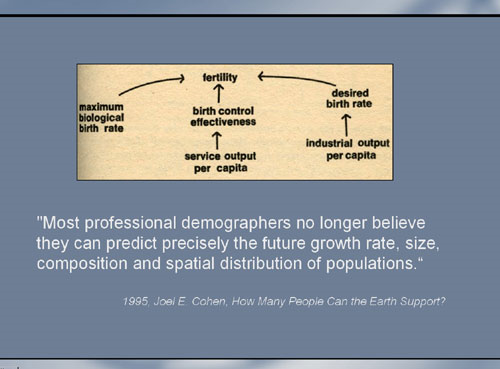
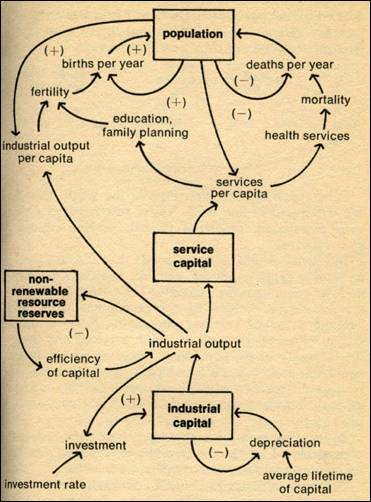
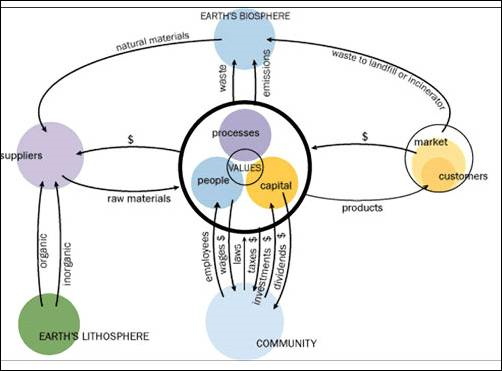
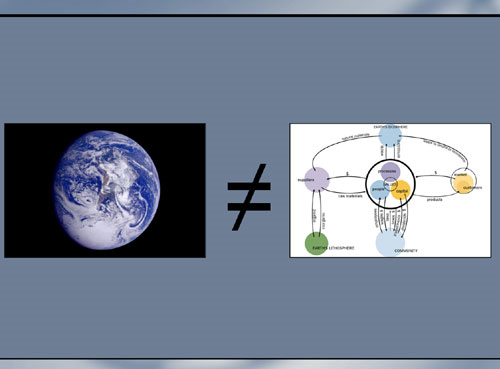
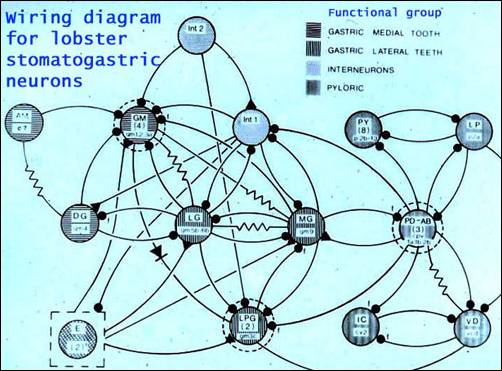
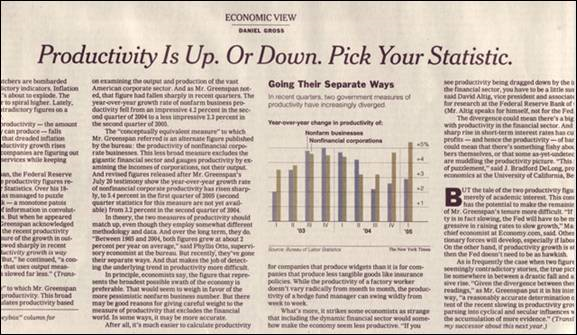
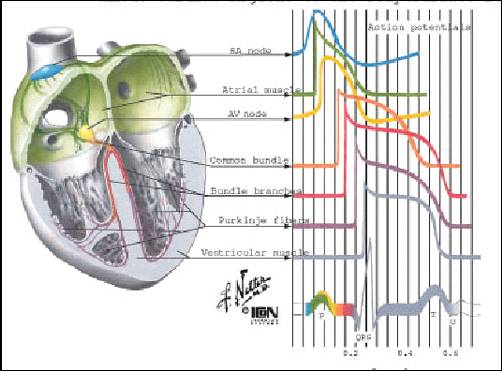
Some more f****** assholes how much money are the Democrats pay in these assholes
Bs
Hahahaha! So now that most people are not buying the global warming . We are suppose to be afraid of a reversal of something that never happened. Bahahahahah
These schemes rank right up there with the proposed way of dealing with the Yellowstone Super Volcano. Scientist propose pumping water into the lava chamber. Any body ever hear of Krakatoa? When the sea water entered the lava chamber, the whole mountain blew apart.
Truth and action post for illiterates
F**e news
I question a lot of their stories myself.
Global warming is the biggest scam and job killer in history.
BS
And yet here you are,just complaining
AL THE GORACLE forgot to show you the REST OF THE CHART…He cut it off..so you would not see it..and made it look like a HOCKEY STICK.
But further back…during the MEDIVAL WARMING PERIOD…Als chart looked like a PIMPLE COMPARED TO THE GIGANTIC INCREASE OF TEMPERATURE DURING THE MEDIVAL WARMING PERIOD..due to a lot of volcanos going off around the same time…ALL AROUND THE WORLD.
THESE PEOPLE ARE LAIRS….DECEIVERS..
THEY WANT TO CONTROL YOUR MONEY THRU TAXATION SO THEY CAN CONTROL YOU…make you a slave..
GEORGE BUSH SR SAID THAT IF WE KNEW THE TRUTH ABOUT WHAT THEY WERE DOING…WE WOULD BE HANGING THEM FROM THE LAMP POSTS.
HILLARY CLINTON SAID IF TRUMP BECAME PRESIDENT…SHE WOULD BE GOING TO JAIL….BUT HE GOT SOFT ON HER..AND LET HER GO..
or maybe its coming…in the future..I hope..
If we hung a few of these deceiving treasonous evil bastards…this c**p would stop immediately..and all those lying roaches would crawl back into their hole in the wall..